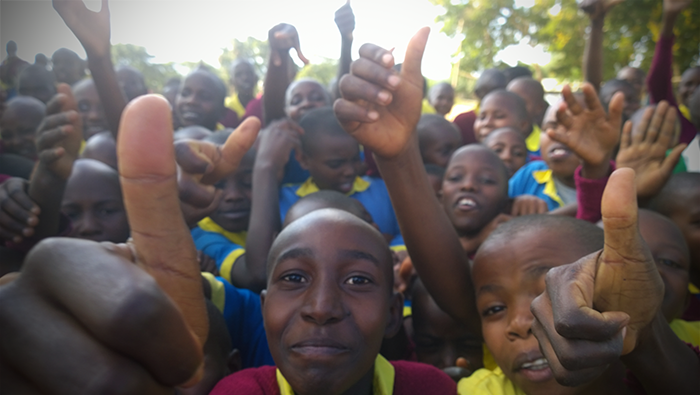
Sustainable livelihood is a way of determining the objectives, scope and priorities for development activities. Sustainable livelihoods will improve an understanding of poor activities. It is based on determining how the poor vulnerable live their lives and the importance of policies and institutions. It comprises the capabilities of assets and activities for now and the future. It is an identification of practical priorities and interests of those participatory developments. This approach is integrated with rural development and enables the environmental influence of the outcome of livelihood strategies. Here is a brief overview of the sustainable livelihood approach:
What is a sustainable livelihood program?
Sustainable livelihood is a method of examining and changing the lives of people who experience poverty and disadvantage. It also helps policymakers and service providers help people experiencing poverty in a more holistic and whole life way. A sustainable livelihood is a cooperative approach that is based on recognizing that all people have abilities and assets that can be developed to help them improve their lives.
Human sustainability
The main aim of human sustainability is to maintain and improve the human capital in society. These programs involve investments in the health and education systems, access to service, nutrition, knowledge and skills. Corporate around the world may be positively or negatively affected by business activities. The corporate ngo partnerships have been encompassing the development of skills and human capacity to support its functions and sustainability. Human sustainability will help to promote the well-being of communities and society.
Social sustainability
Social sustainability aims to preserve social capital. It focuses on improving social quality with concepts such as cohesion, and people’s importance.
It plays a major role in social development. It is the necessity of a society that enhances both the quality and quantity of human resources available for social development. It helps to encourage free and compulsory quality education for primary to highest institutions. The provision should make for international agreements that should provide well-trained educators with childhood development and care.
Economic sustainability
It helps to maintain the capital impact. The sustainable livelihood program will help economic growth and reduce the harm to the ecological and human system. The new economics includes natural challenges, the mantra of capital that continual growth is good and bigger is better. The basic sustainable development growth model is based on selling equity to raise new money by reducing dividend payments to shareholders. It helps to show the rapid growth of your business.
Environment sustainability
Environment sustainability will improve human welfare by protecting natural capital such as land, air, water and minerals etc. It reduces the impact of non-renewable resources and creates new energy to modify the efficient models of self-sufficiency. It helps develop the growth of the human-environment, which emphasizes the restoration of vital resources that should continue along with exploiting other non-renewable resources. An ecosystem can require providing the carrying capacity of integrated naturals for the whole ecosystem.
Final thoughts
The above things about the sustainable livelihood program, these programs are very important to use and maintain. Sustainable livelihood helps countries to grow the economic, environmental and social issues.







